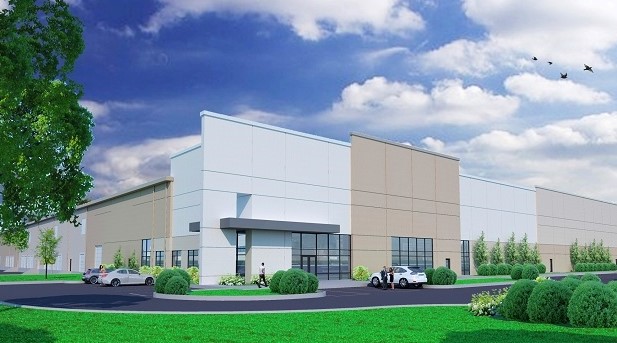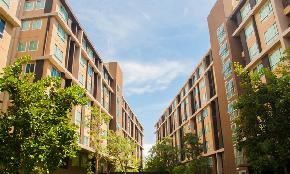 TRiSTAR Properties has begun development of an additional two speculative distribution centers totaling 1.13 million square feet at Gateway Commerce Center, a 2,300-acre logistics and bulk distribution park outside Edwardsville, IL in the Metro East submarket.
TRiSTAR Properties has begun development of an additional two speculative distribution centers totaling 1.13 million square feet at Gateway Commerce Center, a 2,300-acre logistics and bulk distribution park outside Edwardsville, IL in the Metro East submarket.
CHICAGO—The rise of e-commerce has been boosting the market for new distribution buildings across the nation since the end of the recession, but 2015 may have been the best year yet, according to Colliers International. The company just released its Industrial Logistics & Transportation Solutions 2016 Outlook – Big Box Market Report, an analysis of industrial big-box transactions in North America’s eight largest distribution markets.
The researchers found that the big-box distribution market led the industrial sector in construction and transaction activity. For example, in 2011, just 9 million square feet of big-box space was built, while in 2015, 61 million square feet was delivered. In Chicago alone, 9.4 million square feet of new big-box projects were completed in 2015.
“The overall numbers were remarkable,” Jack H. Rosenberg, the Chicago-based national director, logistics and transportation solutions for Colliers, tells GlobeSt.com. The vast amount of new space delivered explains why the vacancy rate went from 7.02% in the second quarter to 7.32% by the fourth. “And the amount under construction increased every quarter, and by end of the year there was 74 million square feet.”
Colliers defines the big box sector as buildings of more than 300,000 square feet or larger primarily used for distribution. The eight metro regions studied were Atlanta, Chicago, Dallas, Houston, Los Angeles, Southern NJ and Eastern PA, Northern NJ and Toronto.
Rosenberg adds that big players like Prologis and Panattoni Development have been somewhat conservative when it comes to putting up speculative buildings. However, “any merchant developer anywhere in the country can get money to go vertical. That tells me that the capital spigot to help fund development is wide open and going full throttle.”
It is the demand for e-commerce, and ultra-fast deliveries, that is giving builders and investors the confidence to step on the gas. “All of the top retailers are limiting or even cutting back on their store space as they figure out how to do one- or two-day deliveries across the country,” Rosenberg says. “It’s mission critical for every retailer in the US.”
And this new era for big box distribution development has changed something fundamental about the industrial sector, he adds. “I wouldn’t say it’s completely recession-proof, but these changes are structural,” and with consumers demanding quick deliveries from all types of retailers, most will need new facilities even if the economy sours. “People will not be able to defer these projects.”
“As it stands, the big-box market has made a 180-degree turnaround from where it was during the financial crisis of 2008 to 2010. Absorption has matched the brisk level of speculative construction and rents are steadily increasing.”

















 Copyright © 2024 ALM Global, LLC. All Rights Reserved.
Copyright © 2024 ALM Global, LLC. All Rights Reserved.